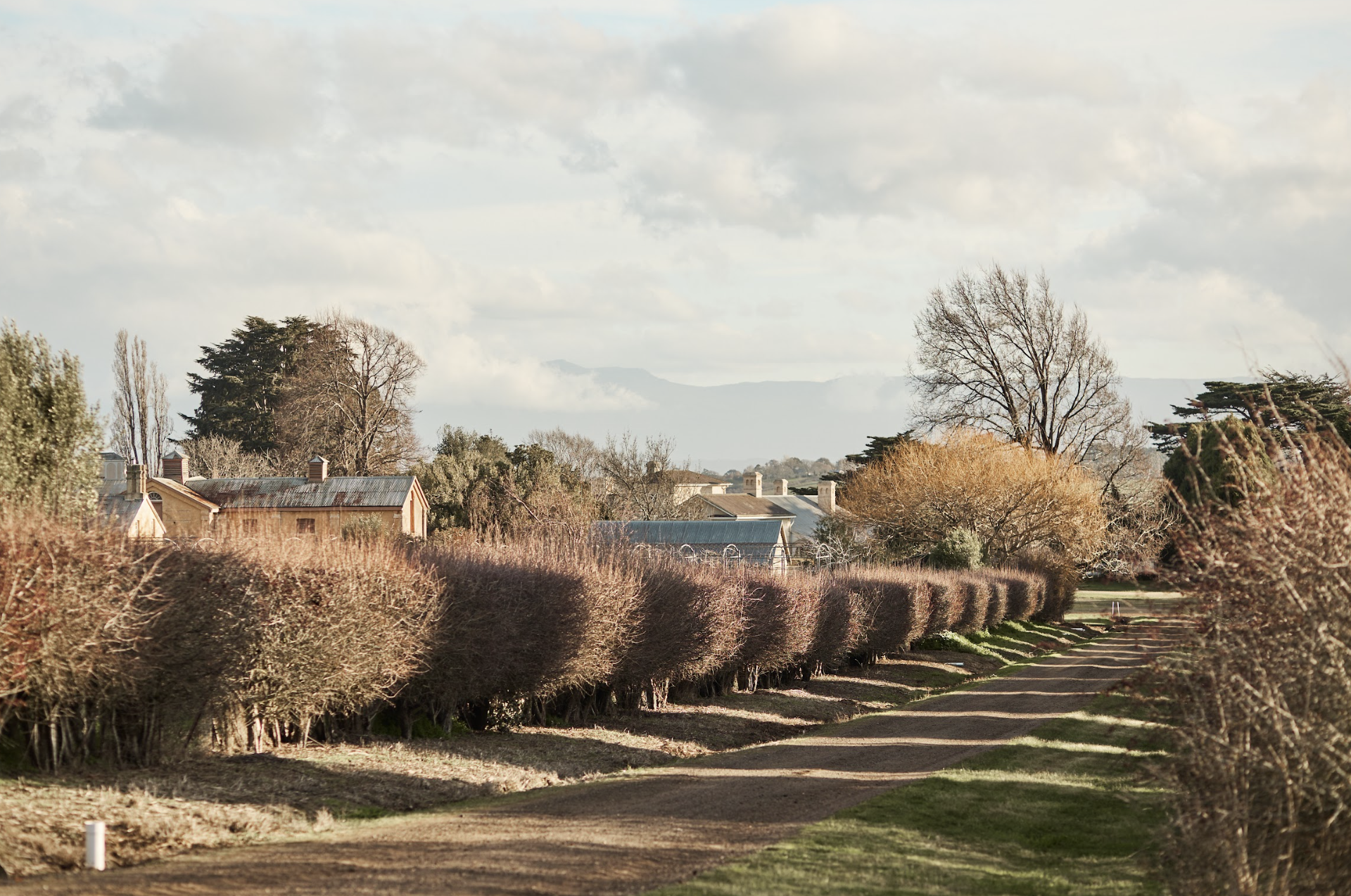
History
Woolmers was continuously occupied by the Thomas Archer family from circa 1817 to 1994 and is acknowledged as one of the most outstanding examples of 19th century rural settlements in Australia.
The array of extant buildings on Woolmers Estate including family houses, workers’ cottages, former chapel, blacksmith’s shop, stables, bakehouse, pump house, gardener’s cottage etc. provides an insight into the social structure of a colonial pastoral estate. At an estate of this size, a virtual small village was formed where up to 100 people might be living and working at one time.
In addition to the architectural heritage, the site contains a wide range of collections acquired by the family over 180 years, providing a rare insight into six generations of one family. The combination of the historical collections, the buildings and the site itself represents a significant cultural resource and an important visitor attraction.
Woolmers Estate is one of the eleven sites that make up the Australian Convict Sites UNSESCO World Heritage Properties. Due to its extensive and impressive history of the forced migration of convicts. Especially, as along with the nearby Brickendon property, these two Tasmanian sites have been recognised for their ability to portray the story of the convict Assignment System, which was in operation in Van Diemen’s Land up until 1840. Many assigned convicts, and families, prospered at Woolmers and Brickendon.
With both properties, Woolmers and Brickendon, being originally owned by the Archer families, the “assigned servants” worked on the property and in some cases chose to stay for years, and in some cases even decades, after they were free to leave and reside elsewhere.
When visiting Woolmers Estate, take a stroll and explore the buildings where convicts and ex-convicts used to labour and live. Or choose to stay at one of the accommodation cottages, which are steeped in convict history and stories. The Gardener’s Cottage was constructed amidst the convict building boom in the 1840s, which was occupied all the way up until the 1930s. Built to house the coachmen working on the site, Coachman’s Cottage shows how the coachmen lived in comparison to the site’s workers. And finally, built in pairs by convicts, the four Free Settlers Cottages were crafted to provide accommodation for the Free Settlers that resided on the property. You can now stay there and immerse yourself in this rich history, while enjoying the estate.




